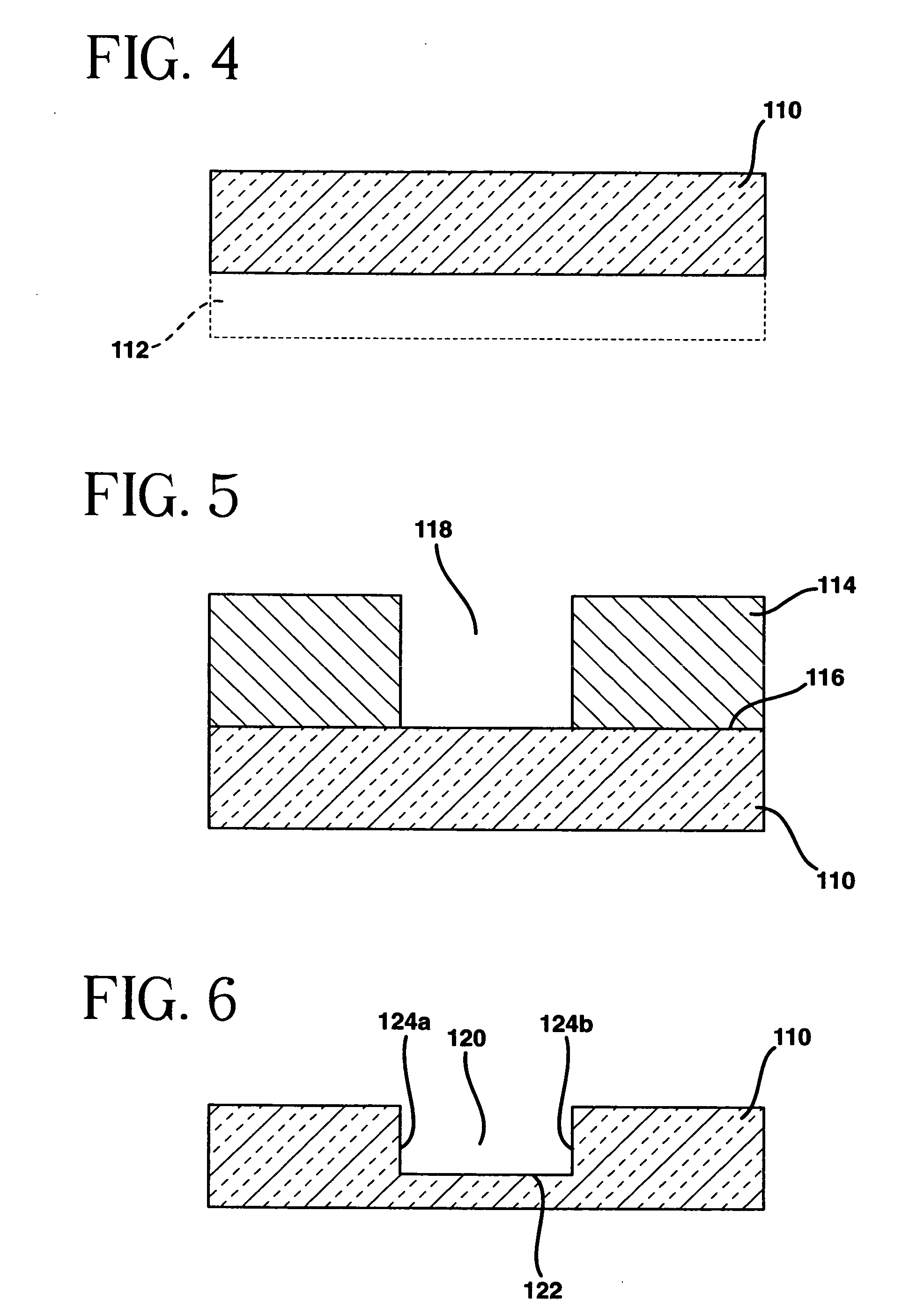Methods of forming magnetic shielding for a thin-film memory element
a technology of thin-film memory and shielding, which is applied in the direction of digital storage, semiconductor devices, instruments, etc., can solve the problems of limiting the influence of thin-film magnetic memory, adversely affecting the information stored in an adjacent memory cell, and increasing the likelihood, so as to reduce undesirable fields and enhance desirable magnetic fields
- Summary
- Abstract
- Description
- Claims
- Application Information
AI Technical Summary
Benefits of technology
Problems solved by technology
Method used
Image
Examples
Embodiment Construction
[0043]FIG. 1 is a cross section of a monolithic memory element that has an upper shield and a lower shield. The upper shield 10 is provided above memory element 14, and lower shield 12 is provided below memory element 14. It is contemplated that any type of magnetic memory element 14 may be used.
[0044] The memory element 14 is preferably formed above the underlayers of a conventional integrated circuit. This helps provide easy electrical interconnection between the memory cells and the memory operating circuitry on the monolithic integrated circuit. The shielding elements 10 and 12 are also preferably monolithically formed with the integrated circuit and the memory element 14.
[0045] The dots at 16b and 16c indicate that one or more layers may be interposed between the memory element 14 and the upper and lower shield elements 10 and 12, respectively. In the embodiment shown, all that is important is that at least two sides, such as the upper and lower sides of the memory element 14...
PUM
 Login to View More
Login to View More Abstract
Description
Claims
Application Information
 Login to View More
Login to View More - R&D
- Intellectual Property
- Life Sciences
- Materials
- Tech Scout
- Unparalleled Data Quality
- Higher Quality Content
- 60% Fewer Hallucinations
Browse by: Latest US Patents, China's latest patents, Technical Efficacy Thesaurus, Application Domain, Technology Topic, Popular Technical Reports.
© 2025 PatSnap. All rights reserved.Legal|Privacy policy|Modern Slavery Act Transparency Statement|Sitemap|About US| Contact US: help@patsnap.com



